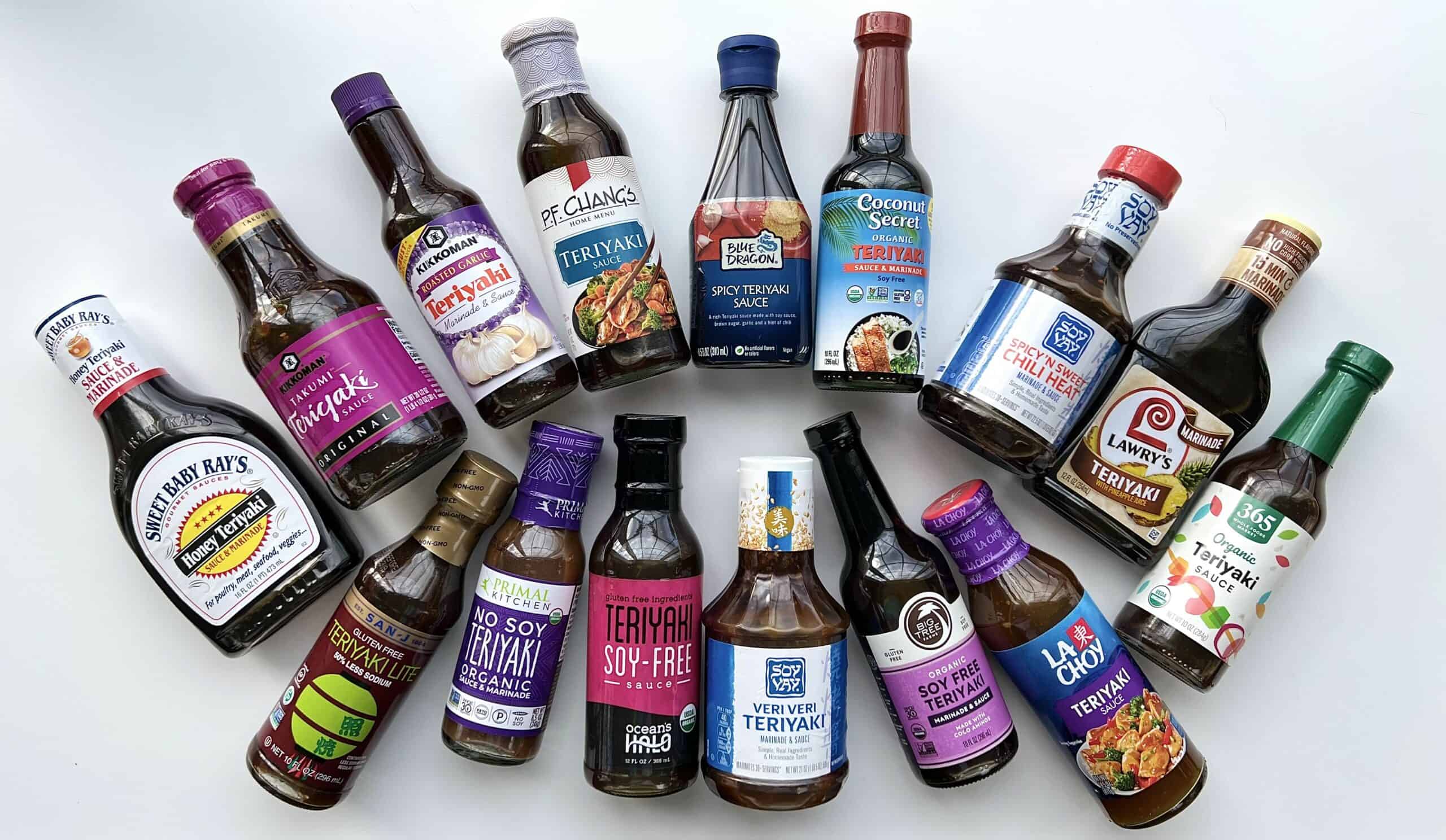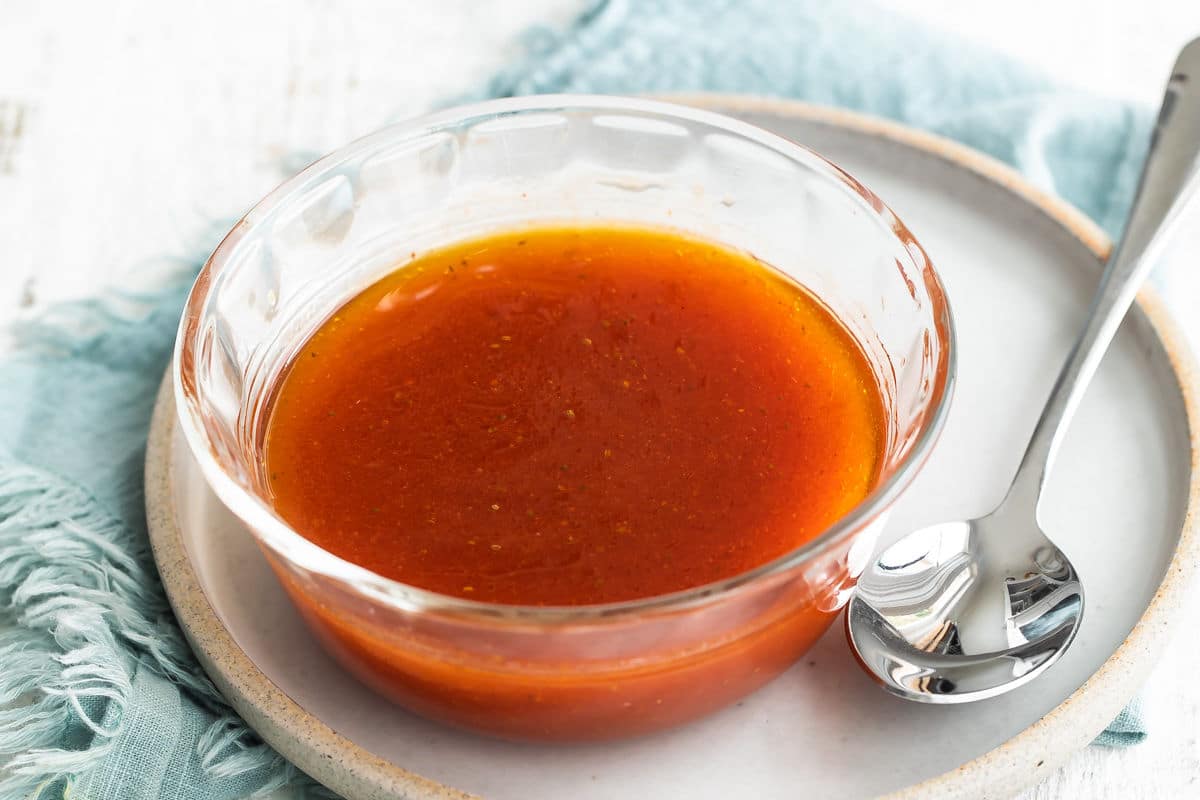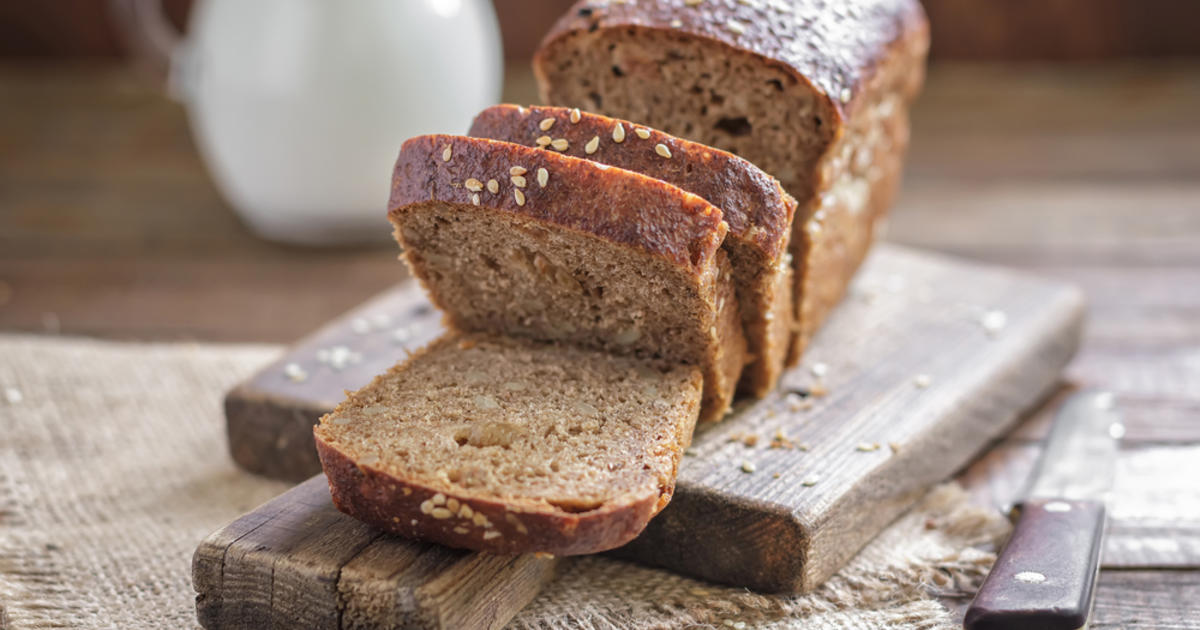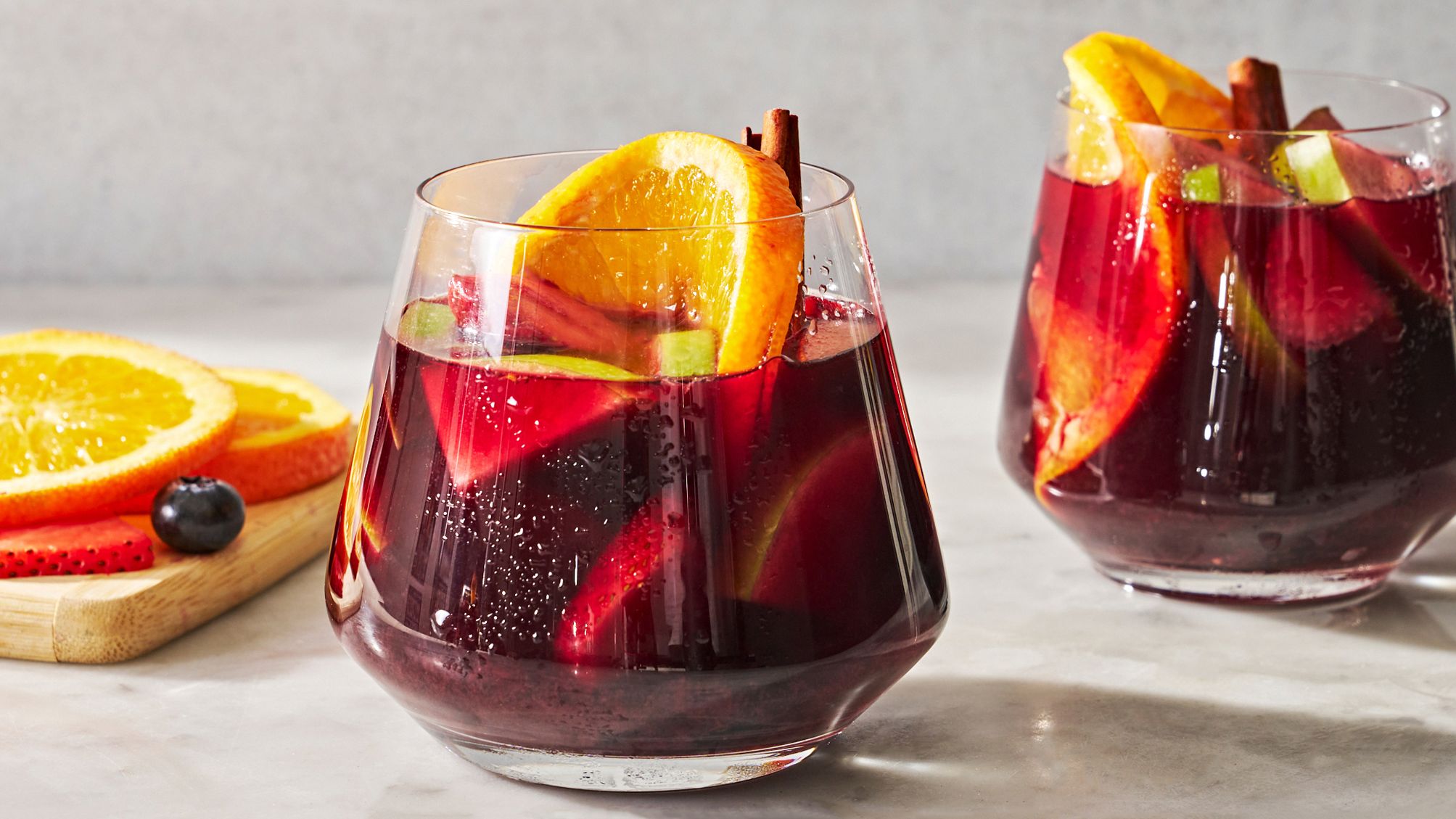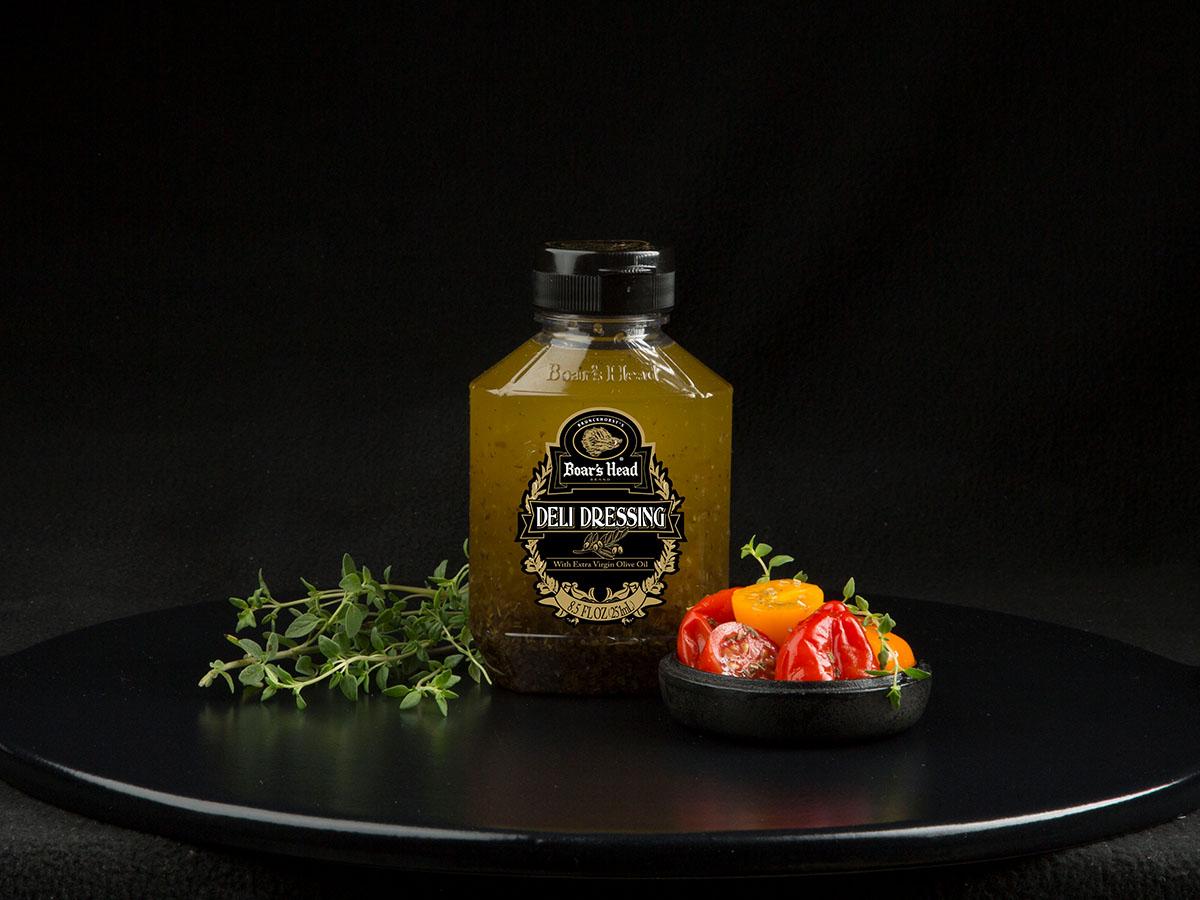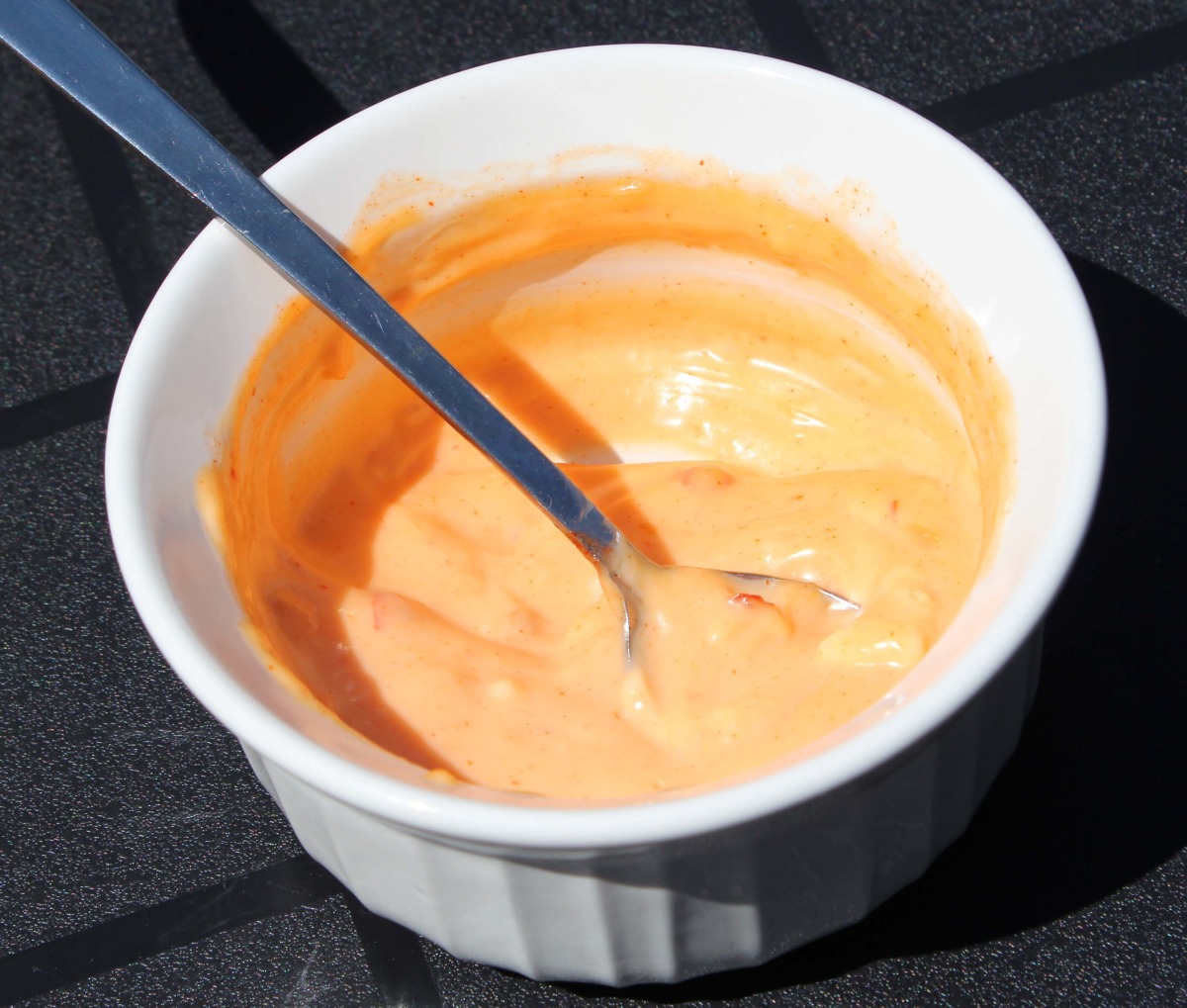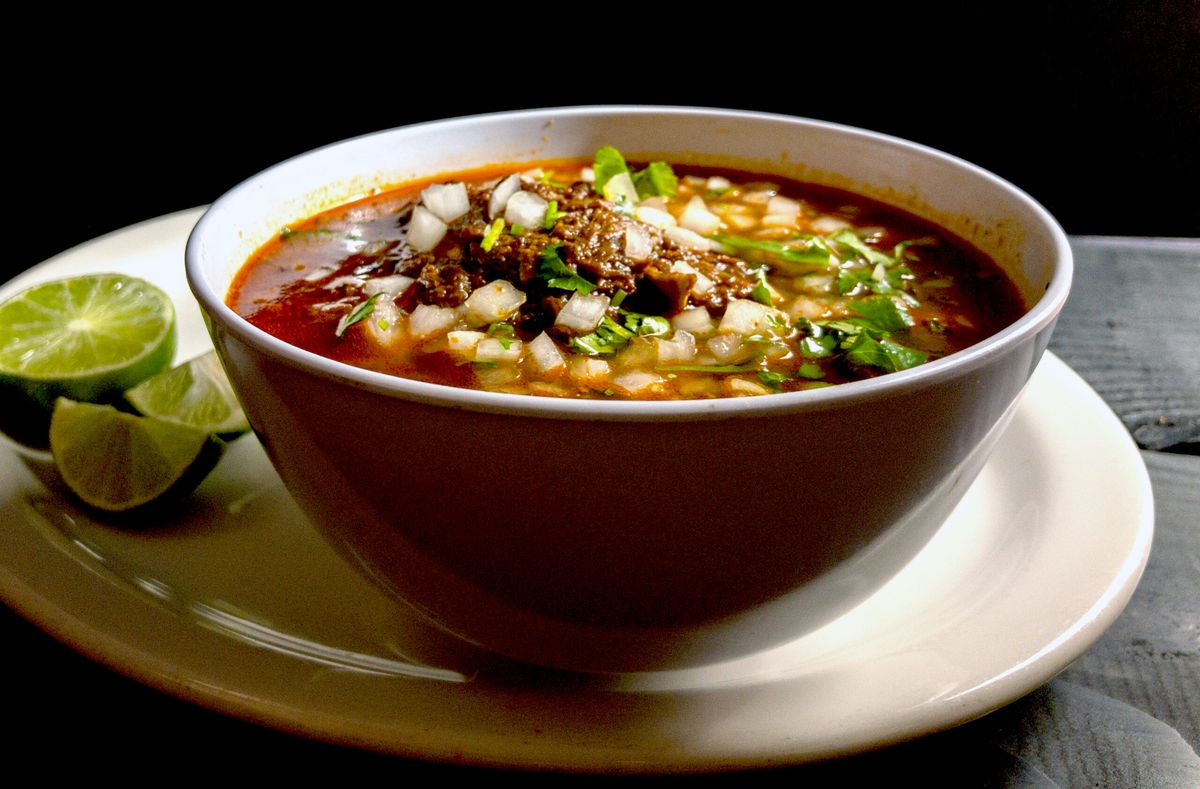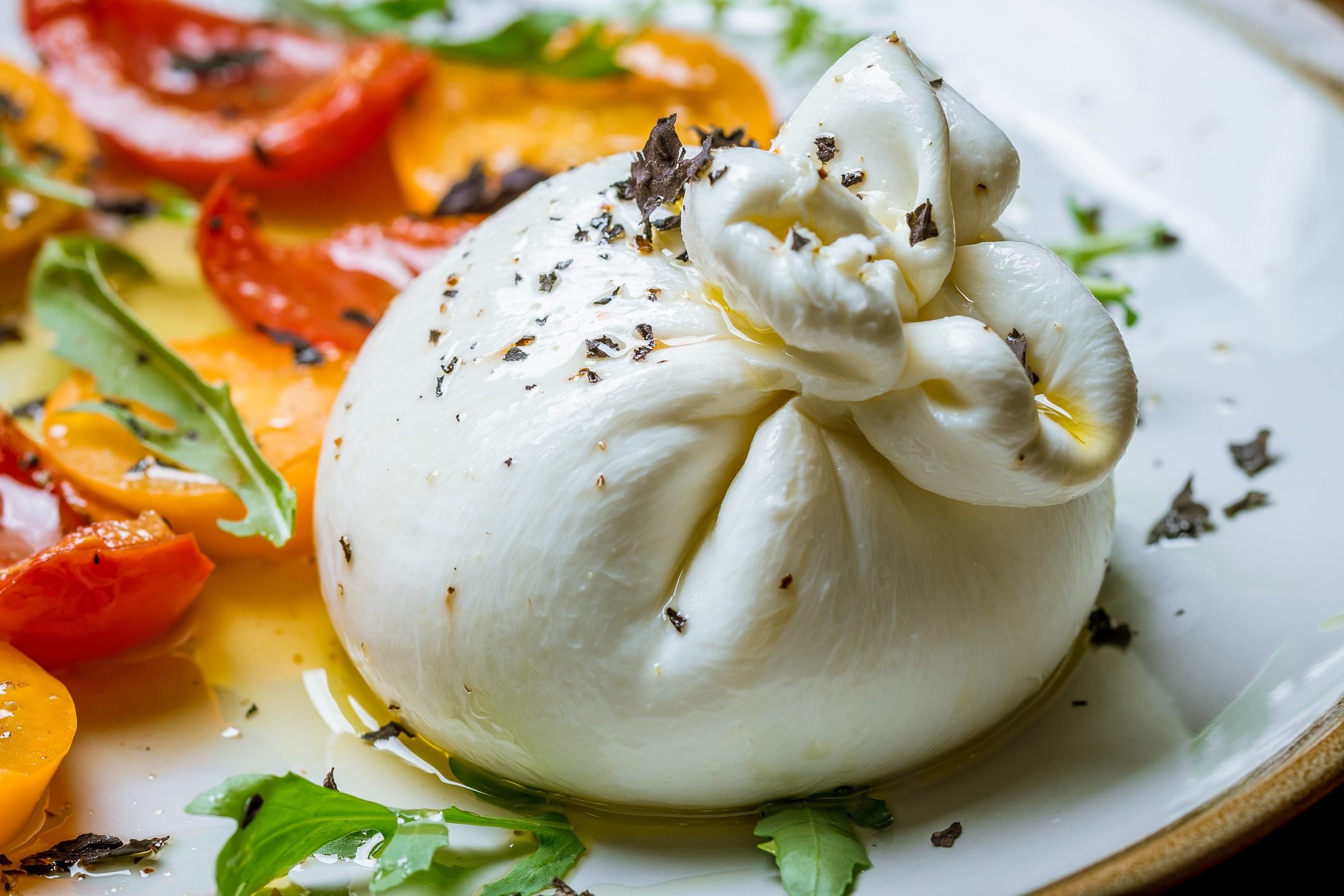Understanding the Difference Between Chicken Fingers and Chicken Tenders
When it comes to ordering from a menu at a restaurant or preparing a meal at home, the terms “chicken fingers” and “chicken tenders” are often used interchangeably. However, there are some subtle differences between the two that can impact the taste and texture of the dish. Let’s take a closer look at what sets these two popular chicken options apart.
Chicken Fingers
Chicken fingers are typically made from boneless, skinless chicken breast that is cut into long, thin strips. These strips are then breaded and deep-fried to create a crispy, golden exterior. The term “chicken fingers” is often associated with a breaded and fried preparation, and they are commonly served as a popular finger food or appetizer.
When prepared properly, chicken fingers should have a crunchy coating that gives way to tender, juicy chicken on the inside. They are often served with dipping sauces such as barbecue, honey mustard, or ranch dressing.
Chicken Tenders
Chicken tenders, on the other hand, are also made from the boneless, skinless breast of the chicken. However, the key difference lies in the way they are prepared. Chicken tenders are typically breaded and pan-fried or baked, rather than deep-fried like chicken fingers.
Chicken tenders are known for their tender and moist texture, and they can be seasoned and flavored in a variety of ways to suit different culinary preferences. They are often served as a main dish alongside side dishes such as mashed potatoes, vegetables, or a fresh salad.
Key Differences
While both chicken fingers and chicken tenders are made from the same cut of chicken, the main differences lie in their preparation and cooking methods:
- Preparation: Chicken fingers are typically deep-fried, while chicken tenders are often pan-fried or baked.
- Texture: Chicken fingers tend to have a crispier exterior, while chicken tenders are known for their tender and moist texture.
- Serving Style: Chicken fingers are often served as finger food or appetizers, while chicken tenders are commonly served as a main dish.
Conclusion
So, the next time you’re faced with the choice between chicken fingers and chicken tenders, remember that the main difference lies in their preparation and texture. Whether you’re in the mood for a crispy, fried snack or a tender, flavorful main course, understanding these differences can help you make the perfect selection for your meal.
Both options offer delicious ways to enjoy the classic taste of chicken, and experimenting with different seasonings and dipping sauces can add even more variety to your dining experience. Whether you prefer the crunch of chicken fingers or the tenderness of chicken tenders, there’s no denying that both options are beloved choices for chicken enthusiasts everywhere.
Was this page helpful?
Read Next: What Is A Substitute For Coconut Cream
